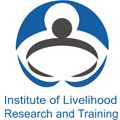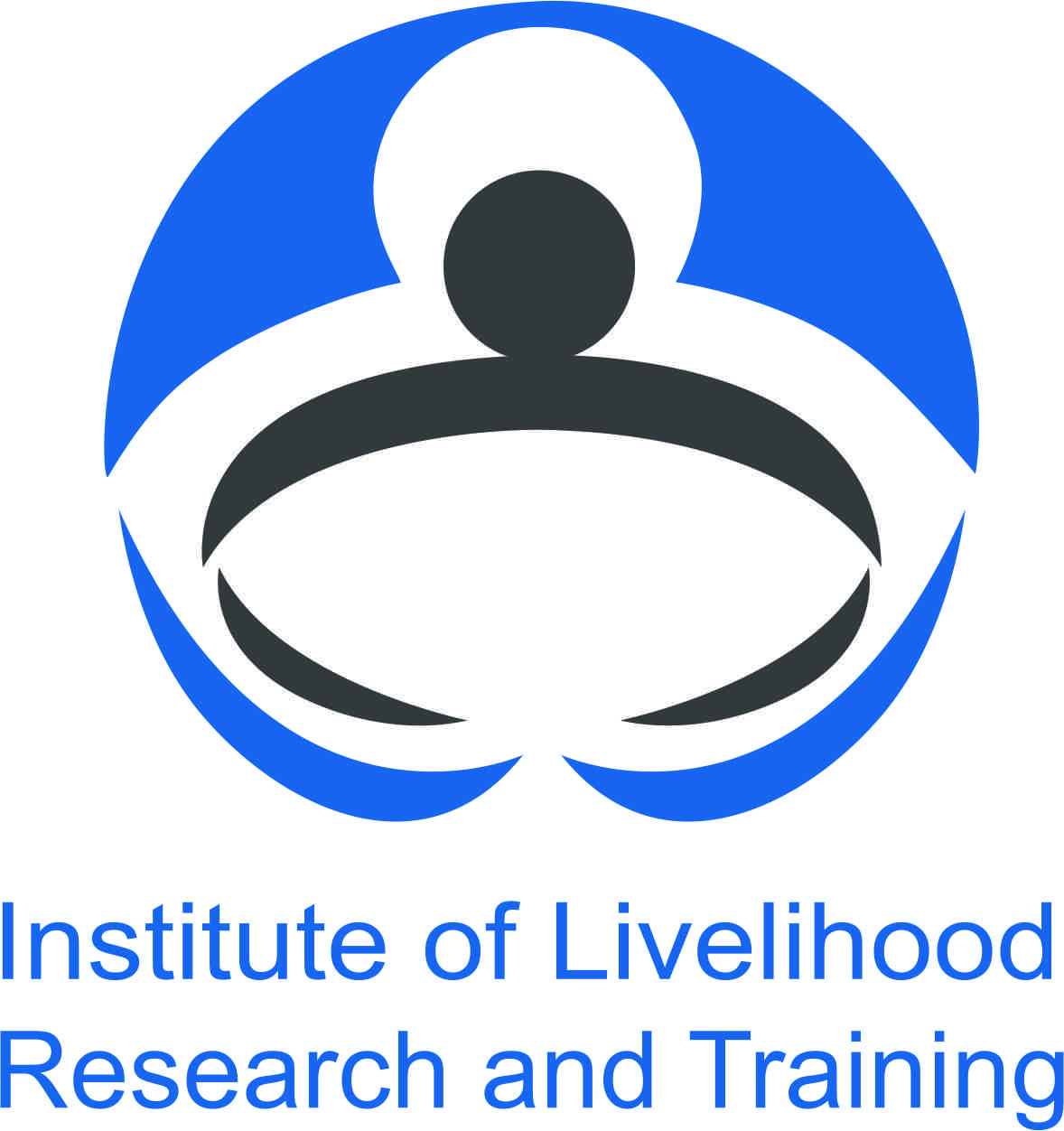Lung hypertension (PH) is a complicated and modern problem that impacts the capillary in the lungs. It is identified by high blood pressure in the pulmonary arteries, leading to symptoms such as oculax капки shortness of breath, tiredness, upper body pain, as well as dizziness. To effectively identify and also deal with lung high blood pressure, health care experts utilize the that classification system, which categorizes the condition into five unique groups based upon their underlying causes as well as therapy approaches.
Team 1: Lung Arterial High Blood Pressure (PAH)
Group 1 of the WHO category system focuses on lung arterial high blood pressure (PAH), which describes a details form of pulmonary hypertension identified by the constricting and stiffening of the pulmonary arteries. This group is further divided right into four subcategories:
1.1 Idiopathic PAH: This refers to cases where the underlying source of PAH is unidentified. It is crucial for clients with idiopathic PAH to undergo a thorough examination to identify potential adding variables.
1.2 Heritable PAH: In this subcategory, people inherit hereditary mutations that predispose them to establish PAH. With developments in hereditary testing, it is currently feasible to identify these anomalies as well as use targeted treatments to enhance individual results.
1.3 Medicine or Toxin-induced PAH: Direct exposure to specific drugs or toxins can bring about the development of PAH. Common perpetrators consist of fenfluramine derivatives, amphetamines, and some illicit drugs. Identifying and also staying clear of these triggers is important in managing medicine or toxin-induced PAH.
1.4 Associated PAH: This subcategory incorporates situations of PAH that are associated with various other medical conditions such as connective tissue illness, congenital heart illness, HIV infection, portal high blood pressure, or schistosomiasis. Treating the underlying condition is a crucial component in managing connected PAH.
- Team 2: Lung Hypertension because of Left Cardiovascular disease
- Team 3: Pulmonary Hypertension as a result of Lung Illness and/or Hypoxia
- Group 4: Persistent Thromboembolic Lung High Blood Pressure (CTEPH)
- Group 5: Lung Hypertension with Vague and/or Multifactorial Mechanisms
Group 2: Pulmonary High blood pressure due to Left Heart Disease
Team 2 comprises pulmonary high blood pressure that emerges as an outcome of left cardiovascular disease, such as left ventricular disorder or valvular heart problem. In these situations, the damaged functioning of the left side of the heart brings about a boost in pressure in the lung arteries.
It is crucial to identify as well as treat the underlying left heart disease to properly handle lung hypertension in this team. Treatment approaches may consist of medications to improve heart function, shutoff repair service or replacement, or various other interventions targeted at resolving the particular cardiac pathology.
Team 3: Pulmonary High blood pressure because of Lung Conditions and/or Hypoxia
Team 3 includes pulmonary hypertension that creates consequently of lung conditions or chronic hypoxia (reduced oxygen degrees). Conditions such as chronic obstructive pulmonary illness (COPD), interstitial lung illness, and also sleep-disordered breathing can contribute to the advancement of lung high blood pressure in this team.
Handling lung diseases and dealing with hypoxia are primary objectives in the treatment of lung hypertension in Group 3. This may involve smoking cigarettes cessation, oxygen treatment, lung rehab, as well as the use of numerous drugs to maximize lung feature.
Group 4: Chronic Thromboembolic Lung Hypertension (CTEPH)
Chronic thromboembolic lung hypertension (CTEPH) is a special kind of lung high blood pressure that takes place when blood clots obstruct the pulmonary arteries. Unlike severe lung blood clot, where the blood clots eventually liquify, in CTEPH, the embolisms persist as well as can result in the growth of lung hypertension.
Detecting CTEPH involves imaging studies such as CT lung angiography and also ventilation-perfusion scans. Therapy alternatives variety from medication to medical interventions, including pulmonary endarterectomy or balloon pulmonary angioplasty, depending upon the severity and location of the embolism.
Group 5: Pulmonary High Blood Pressure with Uncertain and/or Multifactorial Devices
Group 5 is a catch-all group for pulmonary high blood pressure cases that do not fit into the other 4 teams. It encompasses conditions with uncertain or multifactorial reasons, such as hematologic disorders, systemic problems, metabolic disorders, or conditions influencing several body organs.
As a result of the heterogeneous nature of Group 5 lung hypertension, therapy approaches are often individualized based on the particular underlying reasons and also connected conditions. Collective efforts amongst different medical specializeds are vital to identify one of the most appropriate management approaches.
To conclude
Pulmonary hypertension WHO groups offer healthcare specialists with a comprehensive framework to understand the underlying reasons and also develop targeted treatment prepare for clients. By categorizing pulmonary hypertension based on unique teams, doctor can customize their approach to every person’s one-of-a-kind requirements. Early diagnosis as well as ideal monitoring play crucial duties in improving end results and improving the lifestyle for people living with pulmonary hypertension.
Keep in mind, if you or someone you know experiences signs of pulmonary high blood pressure, it is essential to look for medical focus promptly and also cardiotens medicamento follow up with a medical care professional for an exact diagnosis and proper therapy.

